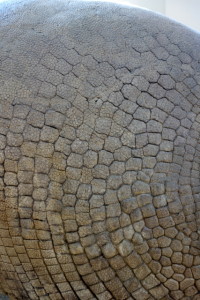 The Rosenthal Prize for Innovation in Math Teaching, presented by the Museum of Mathematics, aims to celebrate and promote the development of creative, engaging, and replicable math lessons. The winning teacher receives $25,000, and their lesson is shared freely by the Museum of Mathematics.
The Rosenthal Prize for Innovation in Math Teaching, presented by the Museum of Mathematics, aims to celebrate and promote the development of creative, engaging, and replicable math lessons. The winning teacher receives $25,000, and their lesson is shared freely by the Museum of Mathematics.
Applications for the 2015 Rosenthal Prize are now open. As a past awardee, I will be participating in an application workshop at the museum on Friday, May 1st. The purpose of the workshop is to help teachers with the application process by answering questions and providing feedback.
The workshop details, including registration information, are available here. For those unable to attend in person, the workshop will also be live-streamed.
I encourage interested teachers to consider applying for the Rosenthal Prize. It’s a unique and interesting challenge, and just participating in the process can be a growth experience.





